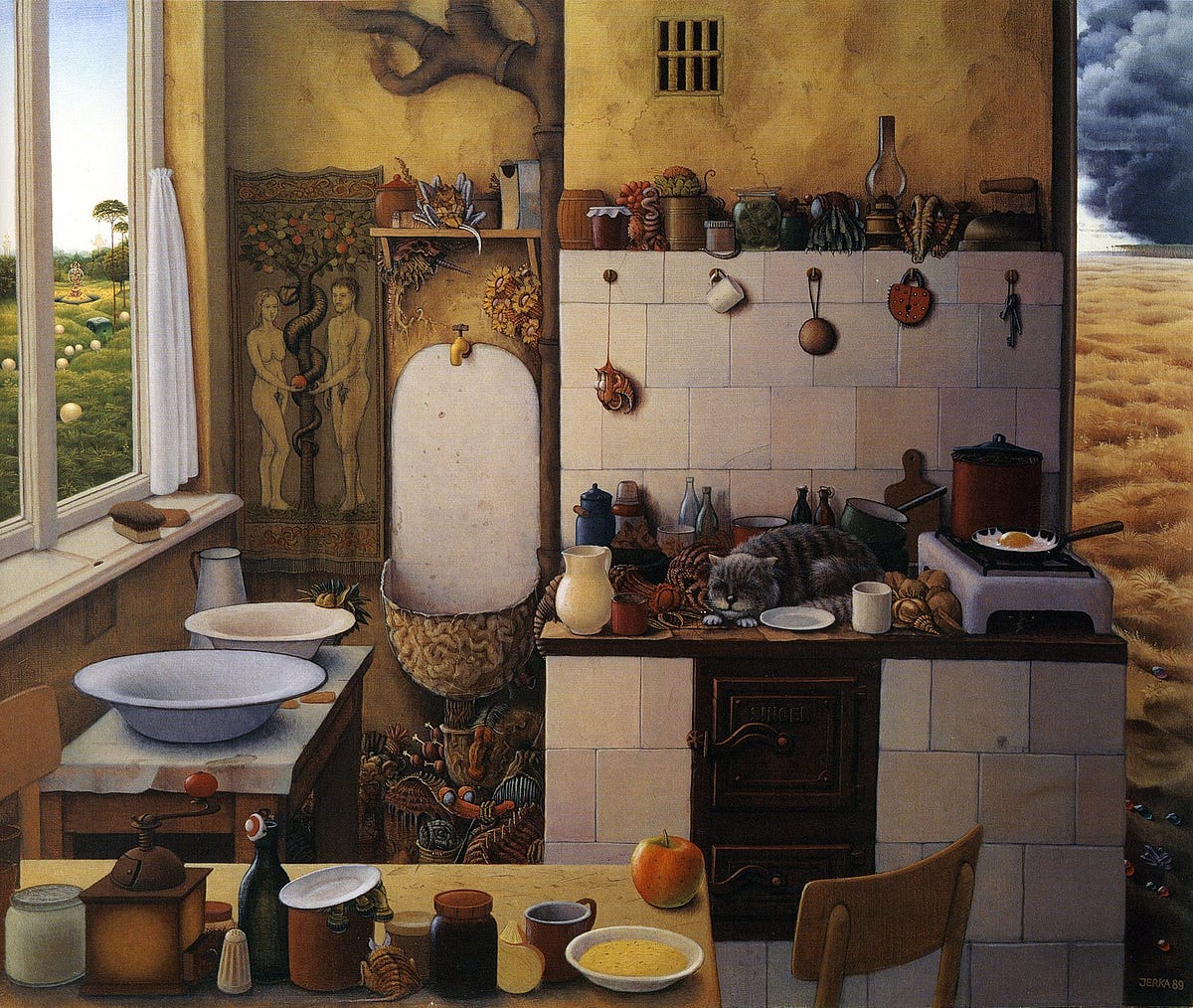
6 Things Professional Cooks Have in Common with User Experience Designers
“How did you go from working in kitchens to becoming a UX designer?”
I get asked this question a lot by my peers, and I’d found it hard to explain, because it was simply intuitive for me to become a UX designer in my second career. All these similarities between cooks and UX designers emerged when I began to think about how I would tell them my story.
Aside from the fact it’s common for people to make comparisons between cooking and UX design, write about what celebrity chefs have taught them about UX design, and attest to how working in restaurants has made them better UX designers, these are 6 reasons to why it is natural that serious, professional cooks make excellent UX designers.
1. They research the landscape and competitors.
Good UX designers observe most current best UX practices and are educated on the appropriate UX methods and tools. They also understand where and when to apply these practices, methods, and tools. Cooks are also cognizant of ingredients that are standard to the season and cuisines, are up-to-date with cooking techniques, whether traditional or modern, and know when and how to apply each ingredient and technique. This comes from tons of research done outside of work, including reading, cooking, testing, networking with purveyors, tasting the food at competitor restaurants for research, and sometimes coming into their own restaurants on off-days for some contextual inquiry.
“No one is born a great cook, one learns by doing.” — Julia Child
2. They learn, make, test, and iterate.
Think about all the ingredients there are in the world, and think about all the flavor pairing possibilities. The best cooks want to learn about all these ingredients, to know which ones come together, and to explore and use appropriate techniques to make them taste great, testing recipes until the dish is ready to be put on the menu.
Similarly, a UX designer first learns about the industry that s/he is designing for, and, after researching and arriving at a solution, tests and iterates before finally passing the design to developers for production, ready for the end user.
3. They solve problems. A lot of them.
Making space out of no space, creating new dishes out of traditional dishes, fixing broken machinery, cleaning the grease trap, combining flavors from different cultures, finding use for carrot fronds and broccoli stems — these are some of the daily tasks performed by cooks, even if the task is outside of the scope of their job description. Like UX designers, cooks are multi-disciplinary natural problem solvers who are willing to get their hands dirty.
4. They must pay attention to details.
Like a l0t of details. Because cooks are perfectionists when it comes to the taste, smell, look, sound, and feel of each ingredient and dish, whether on the workbench or on the stovetop or on the plate.
UX designers are also extremely organized, diligent to create pixel-perfect mockups, and relentless until their work is up to standards. A dish should never be sent out unless it’s perfect in taste, temperate, presentation, the way a product should never be shipped and used by the end customer until it is useful, valuable, and beautiful.
Critique is at the core of collaboration. — Adam Connor
5. They are great communicators that grow with feedback from others.
Responsible cooks (humans?) are not afraid to admit when they’ve made a mistake. The important part about making a mistake is owning up to it and making up for it, whether simply re-doing what you’d done in a better way, fixing the original product, or coming up with another solution altogether. In a time-sensitive environment such as in the kitchen or during a sprint, both cooks and UX designers have to make quick assessments on what to do and prioritizing tasks. If a mistake is made, a remedy will be found.
Cooks are also great communicators because they must think quickly on their feet (no pun intended) and speak concisely to save those seconds. But if you want them to explain something to you, such as why they do certain things certain ways, they would be happy to talk your ears off. And they have fun while doing so, no different from passionate UX designers who love their jobs and who love to talk about why things are made the way they are made.
6. They just want to see you smile.
When I started cooking, my parents were unsupportive. “Go back to school,” my dad said to me, “Do you want to be the person sitting and enjoying the food, or do you want to be the person working hard on the other side preparing the food?”
The answer was clear to me, and remains so even as life took a turn and I changed my career. Regardless of what I do, I’m a consumer; therefore, given the opportunity, of course I want to be the person working hard on the other side. I want to be the person doing the making and creating.
Sometimes the products that UX designers and cooks create seem under-appreciated. When the end result is seamlessly functional or absolutely delicious, people often don’t notice because they already expect for the product to work nicely, or for the food to be tasty. But when we see people delighted by our product and using them with smiles on their faces, it is one of the most rewarding feelings in the world.
Thanks for reading!
from uxdesign.cc – User Experience Design – Medium https://uxdesign.cc/6-reasons-why-a-serious-professional-cook-makes-an-excellent-ux-designer-aaacdbd21de0?source=rss—-138adf9c44c—4
